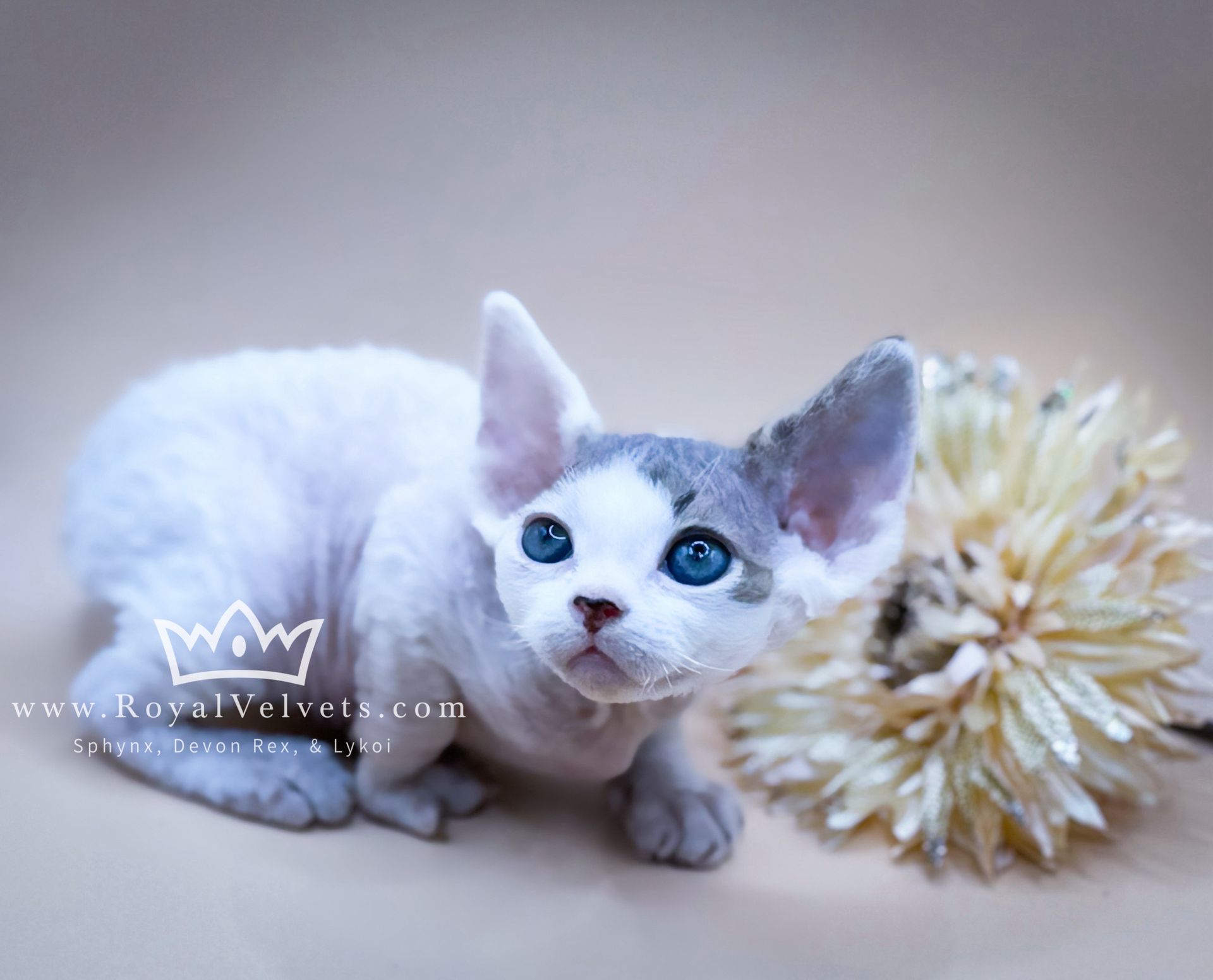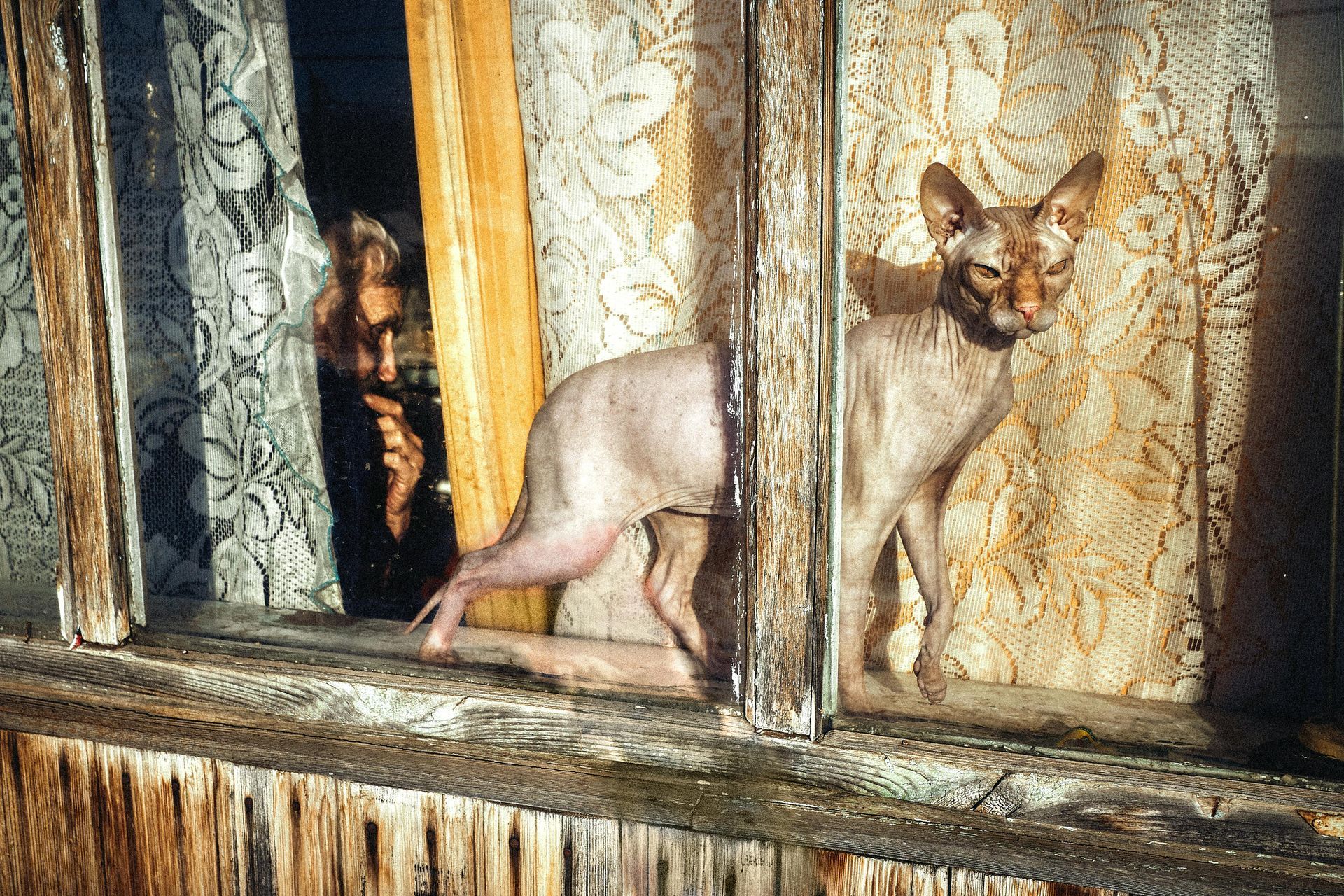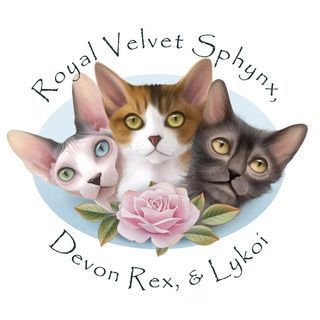What Sets Royal Velvets Apart from Other Breeders?
In a world where you can find kittens for sale at every price point, it’s important to ask: why are some cats so much cheaper—and what exactly are you paying for when you choose a reputable breeder like Royal Velvets?
Here at Royal Velvets, we understand that choosing a kitten is a deeply personal—and sometimes emotional—decision. But we also believe it’s one that should be rooted in education and intention. The truth is, when it comes to breeding, you really do get what you pay for. And in the case of discounted kittens, “cheap” can quickly become very costly—in terms of both finances and heartbreak.
Not Just Breeders—Preservers of the Breed
One of the key things that sets us apart is our why. We don’t breed Sphynx, Devon Rex, and Lykoi cats because it’s a quick paycheck. In fact, when breeding is done ethically and responsibly, it rarely results in profit. That’s because real breeding—breeding that’s done for the betterment of the breed—takes time, commitment, extensive testing, and a whole lot of heart.
Sadly, many people enter the world of breeding with no long-term vision or real understanding of the responsibility it carries. They cut corners, breed unhealthy cats, or skip essential testing to save money and increase profit. But cats aren’t commodities. They’re living, breathing beings who deserve to come into the world intentionally, not opportunistically.
Health, Lineage, and Integrity—Always
At Royal Velvets, we go above and beyond to ensure the health and wellbeing of our kittens—and their parents. We do:
✅ Extensive health testing on all of our breeding cats
✅ HCM, FIP, and congenital condition screening
✅ Blood Work prior to any surgery
✅ FELV/FIV testing and fecals with cytology
✅ Pedigree tracking and line consistency for generations
✅ Microchipping, spay/neuter, health guarantees, & more
We also work closely with like-minded breeders who share our goals of maintaining healthy lines and introducing only well-tested diversity when appropriate. Even with all of this care, we still acknowledge that there are no absolute guarantees. These are still animals—and just like humans, things can arise. But when they do, we are here. Every single step of the way.
What Comes with a Royal Velvet Kitten?
When you adopt a kitten from Royal Velvets, you’re not just getting a beautiful, well-socialized companion. You’re getting:
✨ Full transparency—we share all our testing with you
✨ Spay/neuter already done, saving you both cost and stress
✨ Bloodwork done prior to surgery, to ensure your kitten is healthy
✨ Microchipped and ready for safe identification
✨ FELV/FIV tested, cytology, and fecal—all clear before going home
✨ 3-year congenital HCM/FIP health guarantee
✨ 30 days of free pet insurance
✨ A loaded go-home bag with essentials to get you started
✨ Lifetime breeder support—you’re part of the Royal Velvets family
✨ A community of fellow Royals—a network of love and support
More Than a Pet—A Promise
When you bring home a Royal Velvets kitten, you’re not just buying a pet. You’re investing in peace of mind, in a legacy of healthy lines, and in the unwavering support of a breeder who cares deeply about every kitten born here. We aren’t just sending you home with a cat—we’re sending you home with our heart.
If you’re looking for a cheap cat, we may not be the right fit—and that’s okay. But if you’re looking for a
healthy, responsibly bred kitten raised with love, integrity, and a long-term commitment to the breed and the family they join—then welcome home.


